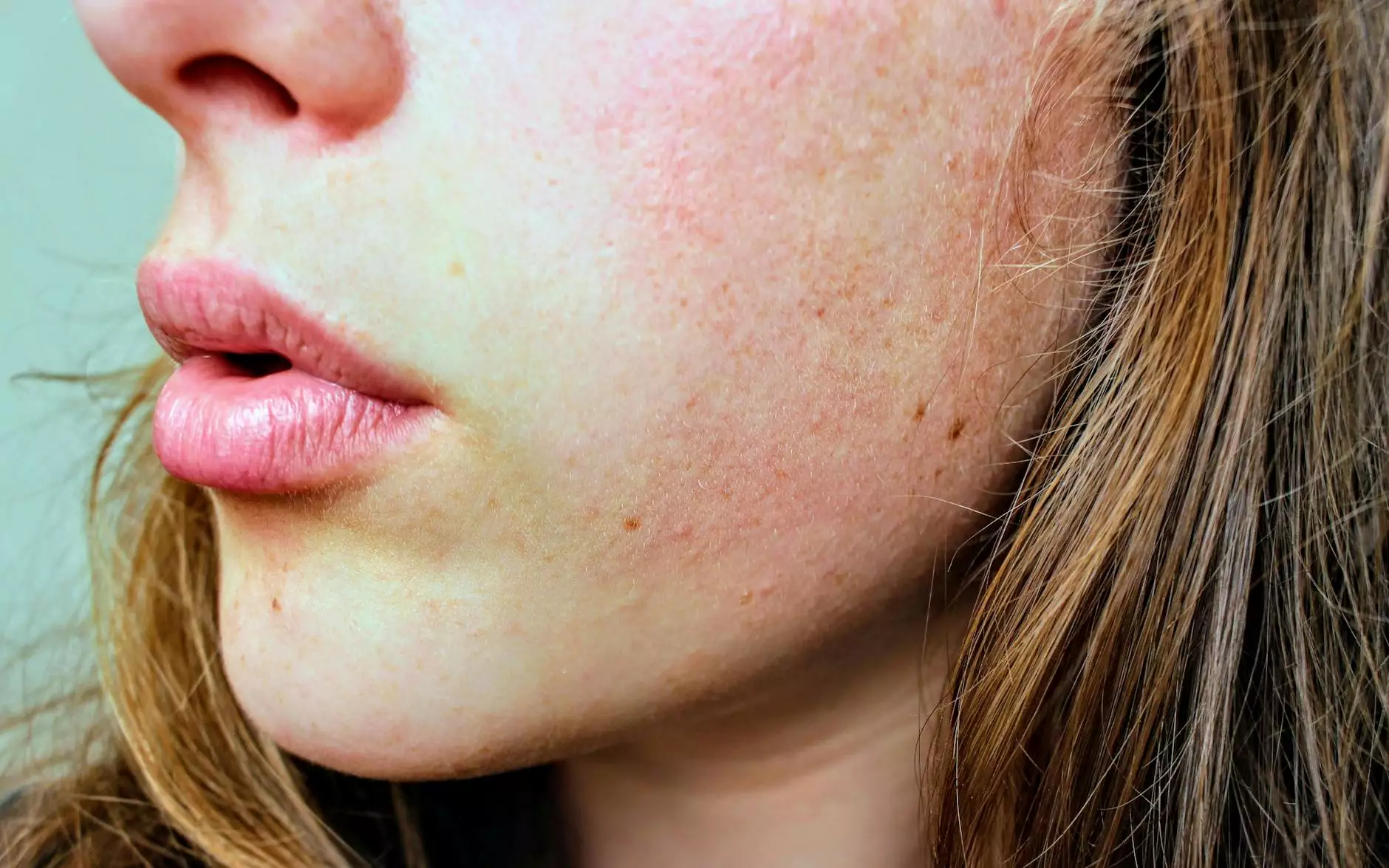Understanding Dark Spots on the Back of the Leg

Dark spots on the back of the leg can be a common concern for many individuals, often raising questions about their cause, meaning, and whether they require medical attention. This article delves into the various aspects related to dark spots, providing a comprehensive understanding that can help individuals make informed decisions about their health.
What Are Dark Spots?
Dark spots, also known as hyperpigmentation, occur when certain areas of the skin produce excess melanin, the pigment responsible for skin color. This condition can manifest in various forms, including:
- Age Spots: These are small, brownish spots that emerge due to prolonged sun exposure over the years.
- Post-inflammatory Hyperpigmentation: This type develops after an injury or inflammation of the skin, such as cuts or scrapes.
- Melasma: Often seen in pregnant women, melasma presents as dark patches typically on the face but can also appear on other body parts.
Causes of Dark Spots on the Back of the Leg
Understanding the causes behind dark spots is crucial for effective treatment. Here are some common reasons why dark spots may appear on the back of the leg:
1. Sun Exposure
One of the primary causes of dark spots is excessive exposure to UV light. The skin cells react by producing more melanin to protect themselves, resulting in dark areas. You can often see this in individuals who spend considerable time outdoors without adequate sun protection.
2. Hormonal Changes
Hormonal fluctuations, especially in women, can lead to hyperpigmentation. Conditions like pregnancy or hormonal therapies can trigger dark spots.
3. Skin Injuries
After skin injuries or conditions such as acne, the skin may heal with hyperpigmented areas. This is known as post-inflammatory hyperpigmentation, particularly prevalent in darker skin tones.
4. Varicose Veins
Vein disorders, such as varicose veins, can lead to poor blood circulation. Venous hypertension may cause the skin around the veins to become discolored, creating dark spots.
Health Implications of Dark Spots
While many dark spots are harmless, some may indicate an underlying health issue. It's vital to monitor changes in skin appearance closely. Consider the following:
- Sudden Appearance: If dark spots appear suddenly, it could be a sign of a more serious condition, like skin cancer.
- Changes in Size or Color: Dark spots that change shape, size, or color warrant professional evaluation.
- Associated Symptoms: If spots are accompanied by pain, itching, or swelling, it is essential to seek medical advice.
Diagnosis of Dark Spots
To diagnose the cause of dark spots on the back of the leg, a qualified medical professional will typically conduct the following:
1. Physical Examination
Your doctor will examine your skin and the appearance of the dark spots. They may ask questions about your medical history, sun exposure, and any recent injuries.
2. Skin Biopsy
In some cases, a skin biopsy may be necessary. This involves removing a small piece of skin to analyze for conditions like melanoma or other dermatological issues.
3. Blood Tests
If hormonal imbalance or other systemic issues are suspected, blood tests may be ordered to investigate further.
Treatment Options for Dark Spots on the Back of the Leg
Treatment for dark spots can vary based on the underlying cause and individual skin type. Here are popular treatment options you may consider:
1. Topical Treatments
Creams containing ingredients such as hydroquinone, retinoids, or vitamin C can lighten dark spots over time. Regular application is required for noticeable results.
2. Chemical Peels
Chemical peels use acids to exfoliate the outer layer of skin effectively. This process can help reduce pigmentation and improve overall skin texture.
3. Laser Therapy
Laser therapy targets dark spots with precision. Procedures like fractional laser therapy can break down melanin and promote new skin growth.
4. Microdermabrasion
This minimally invasive treatment exfoliates the skin and helps reduce the appearance of dark spots, contributing to a smoother appearance.
5. Sunscreen Use
Prevention is always better than cure. Regular use of broad-spectrum sunscreen can protect against further darkening and the formation of new spots.
Preventing Dark Spots
Taking proactive measures can significantly reduce the risk of developing dark spots on the back of the leg:
- Use Sunscreen: Apply a broad-spectrum sunscreen daily, even on cloudy days.
- Avoid Tanning Beds: These can accelerate skin damage and pigmentation issues.
- Moisturize Regularly: Keeping the skin hydrated can help maintain its health and resilience.
- Adopt a Healthy Diet: A diet rich in antioxidants can support skin health.
- Limit Skin Irritating Products: Avoid harsh scrubs and products that can cause skin damage.
When to See a Doctor
If you notice any new dark spots or changes to existing spots on the back of your leg, it’s vital to consult a medical professional. Early detection is crucial in treating any potential underlying issues.
Conclusion
In conclusion, while dark spots on the back of the leg can be benign and linked to age, sun exposure, or skin trauma, they can sometimes signify more serious health issues. Understanding their causes, treatment options, and preventive measures can empower individuals to take charge of their skin health.
For those seeking specialized care, Truffles Vein Specialists provides expert services in vascular medicine, addressing concerns related to both dark spots and vein health. Consulting a professional can help tailor the best treatment plan, ensuring optimal outcomes and skin vitality.
For more information, visit: trufflesveinspecialists.com.
dark spot on back of leg








